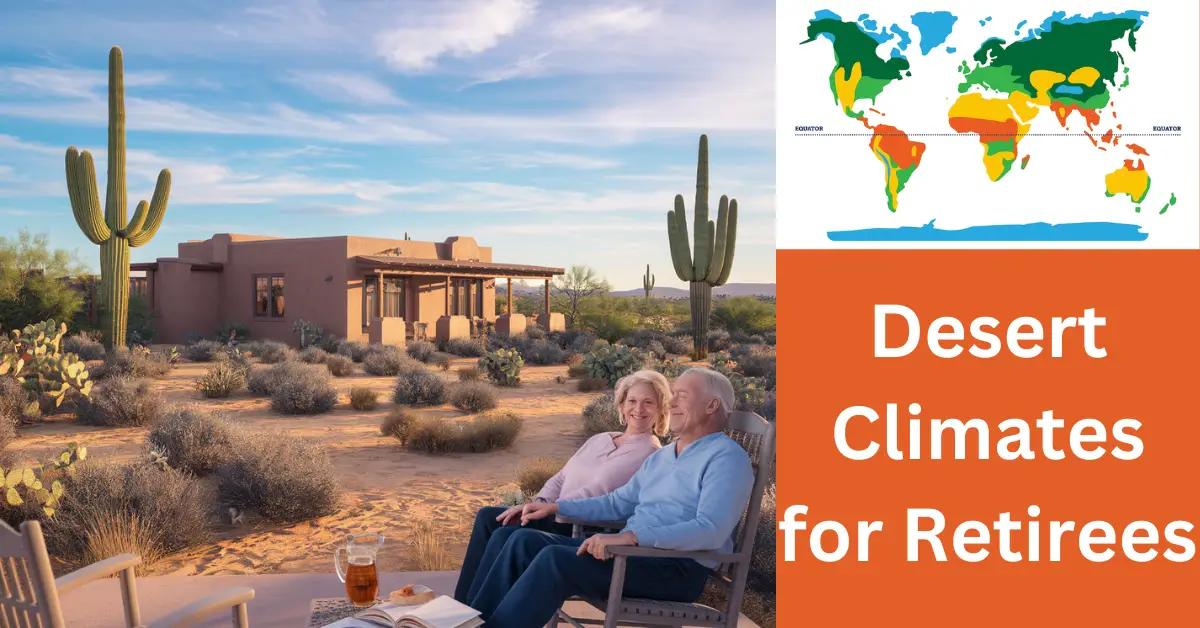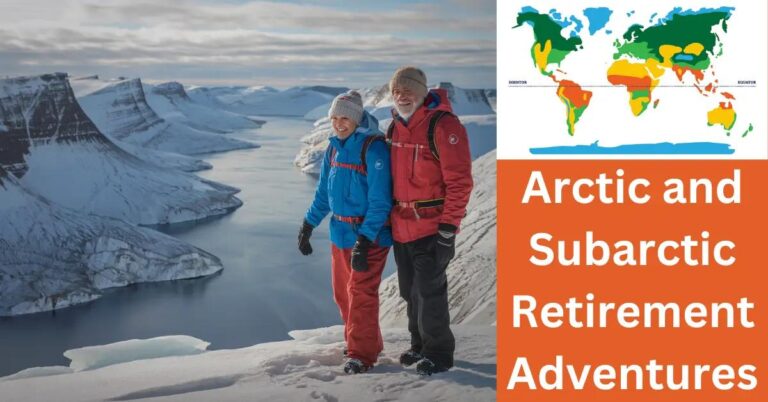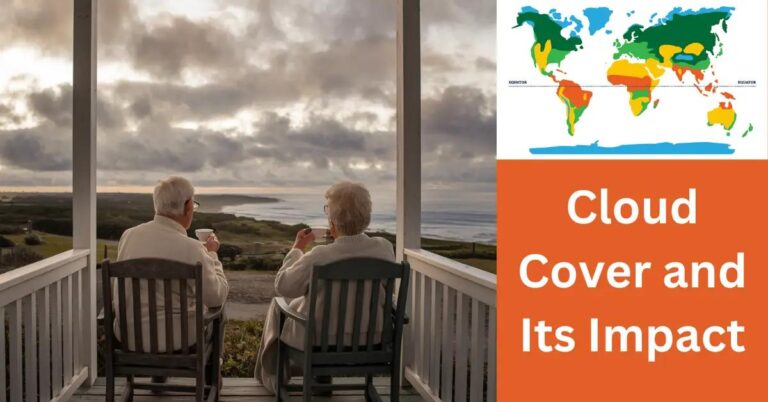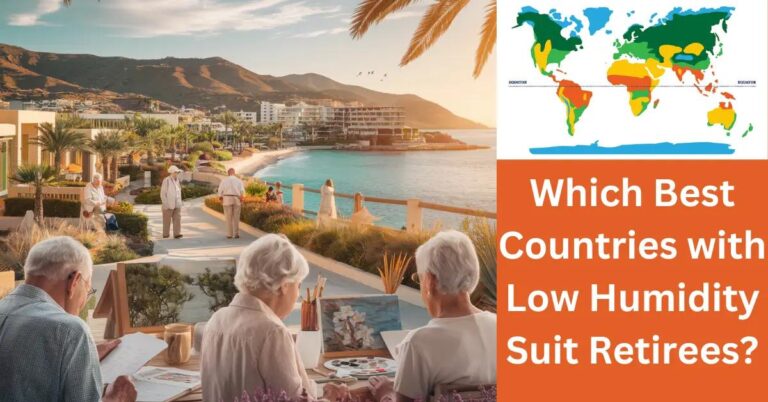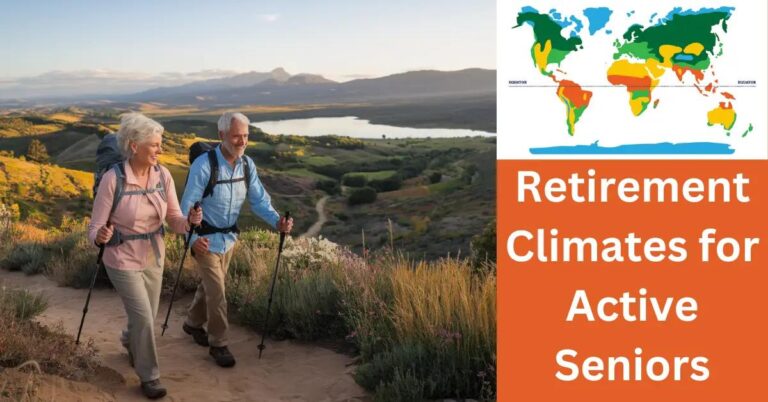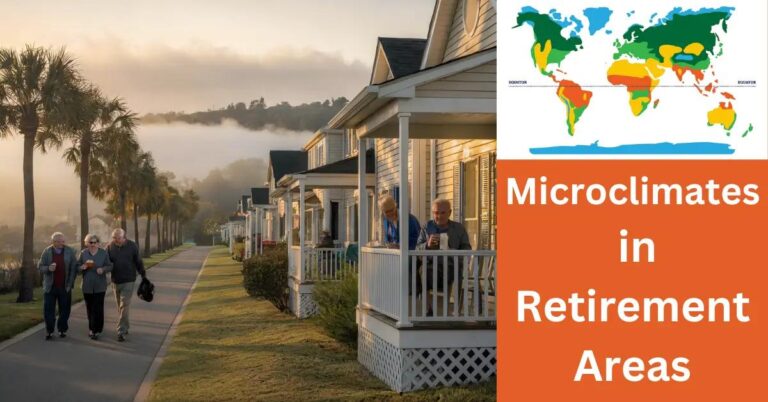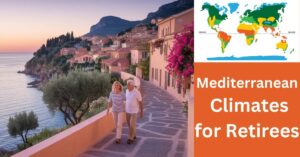TL;DR:
- Desert climates benefit retirees with dry air aiding respiratory and skin conditions.
- Low living costs, year-round outdoor activities, and stress-free environments make desert cities desirable.
- Popular retirement spots include Scottsdale, AZ; Henderson, NV; and Santa Fe, NM for arts and culture.
- Arizona and Nevada offer tax benefits; Arizona's property taxes are low; Nevada has no state income tax.
- Essential preparations: cooling system for homes, hydration, sun protection, and downsizing belongings.
- Numerous activities available such as golf, hiking, social clubs, and volunteer opportunities.
- Evaluate costs, amenities, and seek financial advice for a comfortable desert retirement.
- Further explore local resources for a successful transition to desert living.
Thinking about retiring in a desert climate? You might be onto something special. Imagine waking up to endless horizons, enjoying warm sun year-round, and finding a home that doesn’t break the bank. Desert living might seem extreme, but it offers health perks, low humidity, and unique social opportunities. From Arizona to New Mexico, retirees find vibrant communities waiting. Let's explore why a desert could be your perfect retreat.
Why Consider Desert Living for Retirement?
Desert living is about embracing unique landscapes and weather. Desert climates offer more than just sand and sun. They bring a lifestyle that many find enriching, especially retirees. One big draw of the desert is its health benefits. Low humidity can improve breathing and ease joint pain. Dry weather helps folks with arthritis and skin issues.
The lifestyle in the desert is often relaxed and peaceful. Many desert towns have low living costs, which is great for fixed retiree budgets. Also, the sunny weather means you can enjoy outdoor activities year-round. Ever wonder why Palm Springs, CA, is a retiree hotspot? It's about the weather, community, and vibe.
Living in the desert also improves mental health. Wide-open spaces and blue skies can boost your mood. There's less hustle and bustle, which means less stress. The quiet and nature help keep a calm mind. You might find that these factors promote a more relaxed outlook on life.
Retirees interested in desert living have many spots to choose from. Areas in Arizona, Nevada, and New Mexico are popular picks. Pursuing desert living for retirement in these regions offers diverse choices and amenities. Each place has its own culture, activities, and retirement communities. Friendly neighbors and welcoming communities make settling in easy.
Some love the desert for golf, hiking, and being outside. A desert setting offers endless ways to have fun and stay active. When you retire in the desert, you can enjoy a new, exciting lifestyle. So, is desert living for retirees right for you? Consider these aspects: health perks, cost, lifestyle, and personal happiness.
What Are the Health Advantages of Retiring in a Desert Climate?
Living in a desert has many health benefits. Dry air is one of the biggest perks. It helps with respiratory issues. Low humidity means fewer allergens, so you might breathe better. If you have asthma or allergies, this dry, clean air helps a lot.
Dry climates also benefit people with arthritis. Humid air sometimes makes joint pain worse. A desert climate means less swelling and pain for many. Dry air is kind to your skin, too. People with certain skin conditions often see great improvement. However, keeping your skin moisturized is key.
Heat is a part of desert life. You should take care to avoid heat-related illnesses. Wear light clothing and a hat. Stay indoors during the hottest hours. Drink lots of water. These simple steps keep you comfortable and safe during hot months.
Hydration is very important. Dry air absorbs moisture quickly, so always carry water. Staying hydrated helps your body function well. Drink water often, even if you're not thirsty.
Remember sun protection here. The desert sun is strong. Always apply sunscreen, even on cloudy days. This protects your skin from sunburn and other damage. Invest in good sunglasses, too, to protect your eyes.
In summary, desert living offers health benefits. Dry air helps with breathing problems. It can ease arthritis pain, and improve some skin conditions. But, you must stay hydrated and protect yourself from the sun. These simple steps let you enjoy the health perks of desert retirement.
For more detailed information on the best desert climates for retirees, visit Desert Living Guide.
Which Desert Destinations Are Popular for Retirees?
Desert living can be a dream come true for retirees. Arizona, Nevada, and New Mexico each offer unique desert cities for retirement. Let’s explore why these places could be ideal for your golden years.
Arizona: The Copper State
In Arizona, the city of Scottsdale stands out for its active lifestyle. Where is the best place to live in Arizona for retirees? Scottsdale is often praised. It's full of golf courses, hiking trails, and a lively arts scene. There are plenty of events, and most places are easy to walk to.
Nevada: Adventure Awaits
In Nevada, Henderson is famous for its welcoming and friendly neighborhoods. Where is the best place to live in the desert? Many say Henderson fits the bill with its mix of leisure and safety. It has well-kept parks, high-quality restaurants, and a strong sense of community. Living here means neighbors who look out for each other.
New Mexico: Cultural Richness
Santa Fe, known for its vibrant arts culture, is a top choice in New Mexico. You might be drawn to its unique festivals, galleries, and Southwest charm. The diverse lifestyle blends tranquil living with cultural depth. Its art festivals and museums keep life engaging and colorful.
Evaluating Affordability and Amenities
These cities are not just beautiful—they're practical, too. Scottsdale, Henderson, and Santa Fe each have a variety of homes that suit different budgets. Real estate can range from upscale properties to more budget-friendly options.
Social Life and Culture
In desert cities, community engagement adds vibrancy to life. Social clubs, volunteer opportunities, and local events keep retirees connected. Each city is rich in community spirit and offers countless ways to interact with others.
Choosing the right desert city means considering both personal preferences and practical features. Whether you seek a bustling arts scene in Santa Fe or the friendly vibes of Henderson, desert living offers endless possibilities for enriching your retirement.
What Are the Cost Implications of Retiring in the Desert?
Is Arizona affordable for seniors? Yes, Arizona can be quite affordable. It offers a lower cost of living compared to many coastal regions. Housing costs are generally less, making it attractive for seniors. In places like Tucson and Mesa, you find affordable desert retirement communities. These places provide friendly neighborhoods with amenities seniors love.
Property taxes in desert cities vary. Arizona has some of the lowest property taxes in the United States. This is a big plus for those on a fixed income. Nevada, another desert state, is also known for having no state income tax. This can significantly lower your financial burden.
Where is the safest and most affordable place to retire? Consider desert cities like Prescott, Arizona, and Las Cruces, New Mexico. They offer safety and affordability. Moving there can mean a peaceful and low-cost retirement.
Financial planning for tax-friendly states is essential. States like Arizona and Nevada offer tax benefits that are helpful for retirees. Some states avoid taxing pension incomes, which is a great perk. It’s important to talk with a financial advisor to make the best plans.
Healthcare costs can be kept low in desert areas. Many cities have healthcare facilities tailored to retirees. Regions like Sun City in Arizona offer special services for seniors. Evaluating cost-effective healthcare plans is crucial.
In conclusion, the desert holds many financial benefits for retirees. Lower costs, tax savings, and affordable living make it ideal. By choosing the right place and planning wisely, retirees can enjoy a comfortable lifestyle in the desert. For more details, consult local resources and experts on retirement in the desert.
How to Prepare for a Successful Desert Retirement?
Relocating to a desert offers unique challenges and rewards. Here’s how to plan it right. Start with a detailed moving plan tailored for desert living. Consider cost, timeline, and comfort.
Before you move, consider the pros and cons of living in places like Palm Springs. These areas offer great weather but can be pricey. If you're looking for safety and affordability, research other desert spots, too.
Desert homes need special preparation. Insulation keeps homes cool and efficient. Invest in window shades to block out the sun. A simple but effective step is adding skylights for natural lighting while reducing heat.
Air conditioning is essential. Choose energy-efficient systems. Check for maintenance tips to keep them running well. Ceiling fans help circulate air effectively. Use them together with A/C to save energy.
Downsizing for desert living is wise. Desert homes often have smaller layouts. Sell or donate unused items before moving. This strategy saves moving costs and fits smaller spaces.
Relocating requires paperwork and legal checks. Update your address with the post office. Transfer medical records and set up new healthcare providers. Look into local tax laws to optimize your finances.
Living in the desert offers a unique and beautiful lifestyle. Being well-prepared makes all the difference. These steps ensure that you’ll adjust to the new climate, enjoy your retirement, and fully embrace your desert home.
What Types of Activities and Lifestyle Can Retirees Expect in the Desert?
Desert life offers more than just sunshine and sand. Retirees often find joy in golf communities. These places are perfect for tee-time lovers. Golf is popular because it offers fresh air and exercise. Picture yourself on a lush green course with a mountain view.
Wondering about other outdoor activities? You can hike on quiet desert trails. Walking sticks and water are must-haves. Stargazing events invite you to enjoy the night sky without city lights. Some places even host talks about stars and planets.
Do you like meeting new friends? Social clubs are all around. From book readers to art lovers, groups are welcoming. They often meet at local community centers or cafes. It's a great way to share hobbies and make friends.
Looking to give back to your new community? Volunteering is fulfilling and easy to start. Local causes often need help at food banks or charity shops. Cultural centers often look for volunteers at events or museums.
Active living is not just for the young. Staying cool in the desert summer takes planning. Morning walks and evening swims fit well in a desert schedule. Many folks join dance classes to keep fit while having fun.
Check out community bulletins for more opportunities. They often list events and clubs coming up soon. Joining in helps you feel at home in your new surroundings. Soon, you'll find your niche. Whether it's golf or stargazing, the desert has plenty to offer.
Conclusion
In conclusion, desert living offers a unique retirement option with many benefits. You access a dry climate that helps with respiratory and skin health. Vibrant communities in places like Arizona and Nevada await, each offering cultural and recreational opportunities. Retirement in the desert can be affordable, with tax-friendly options and budget-friendly healthcare plans. To thrive, prepare your home for the climate, and use efficient cooling methods. Engage in social activities to enhance your desert experience. Desert life provides a peaceful yet active retirement with community connections. Embrace the simplicity and beauty of the desert.

